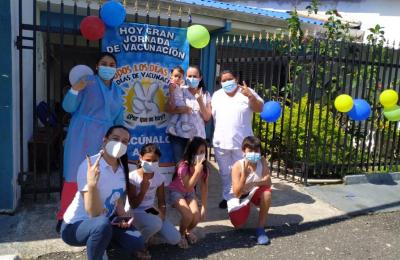Use of standardized criteria to verify interruption of a measles outbreak in the Buenos Aires Metropolitan Area during the COVID-19 pandemic
Objective
To describe the strategy implemented for interruption of the 2019-2020 measles outbreak in the Metropolitan Area of Buenos Aires (Argentina) and application of the Pan American Health Organization (PAHO) standardized outbreak closure criteria to verify interruption of viral circulation in an adverse setting (the COVID-19 pandemic).












